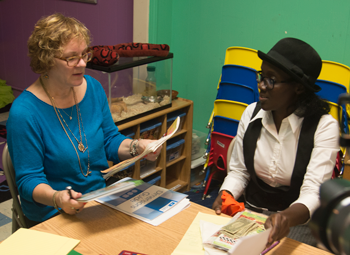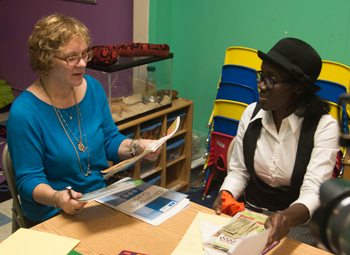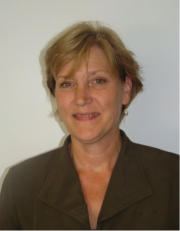

As I reflect on my career as an Education Manager supporting teachers with professional development, two themes stick out:
- Not everyone in early childhood education is as passionate as I am about this work, nor do they view it as a lifestyle. I believe life should be approached like an early childhood classroom. We work together, dine together, create together and play in the sandbox together.
- Many staff view one in my position as the “wrong-finder.” If “she” is walking into the classroom, someone must be in trouble. I wish staff could appreciate the joy and excitement I experience as I watch them grow and thrive is much like the joy I felt watching children develop during my years in the classroom.
I leverage this knowledge as I continue to evolve my support for my teachers.
Start with the Relationship
Before employing charts and graphs full of data, we really need to get to know our teachers. Determining professional development needs for teachers is much like the process determining children’s individual learning needs: we cannot know a child by looking through a file any more than we can know a teacher by looking at a resume or data. We have to build a relationship and get to know one another. This takes time and effort – on both sides. It is a layered process of determining:
- What each teacher brings to the classroom as a teaching knowledge base
- Each teacher’s comfort level with working in a variety of situations in the classroom
- How both parties communicate needs and vision
- The organization’s process of supervision and program management
- One another’s willingness to take risks.
Sorting through the Numbers
Once you have built relationships with teacher, it can be overwhelming when you start to look at all of the sources where you can gather data: formal observations, informal observations, child assessment data, data from QRIS mandates – the list goes on! Reviewing this information with teachers can be like looking through the color paddles in the classroom: a teacher may be looking through blue and I might be looking through yellow. But, when we are able to look at all of the data and combine our paddles, there is a green area of agreement.
From there, I make sure the professional development plan is a process that includes self-evaluation and sharing information from a variety of sources. Effective planning can only happen when the data supports the goals determined by the process, and staff buy-in is at a premium.
Leveraging the Data
The relationship, buy-in, and planning are all critical. But so is data. Data gives validity to the method, delivery mechanisms and timeframe of professional development. Having data that supports selected goals helps staff understand the connections between their work and their path to achieving greater understanding of their vision for the classroom and program. Inclusion of supportive data in these conversations allows staff to realize the program is invested in their success and growth just as much as the children’s. After all, my bottom line is always—It’s all about the children!
One Teacher’s Story
With all of this in mind, I want to share the story of one of my Assistant Teachers. She obtained her position prior to the Head Start Act of 2007. When new staff qualifications were established, she found herself with the choice to begin the CDA process or take a voluntary demotion to a lower position. She feared going back to school and the struggles she would encounter with reading and grammar.
Recognizing she was not the only one facing this problem, I acquired basic language training for a group of staff –this ensured that the one teacher did not feel singled out. My teacher completed the training, enrolled with some colleagues in the CDA program and received her CDA. Follow up PD plans connected her with the Agency’s Literacy Volunteer program where she has continued to find success. She is now enrolled in courses and working toward gaining her Associate’s Degree. This year when she printed her Interrater Reliability Certificate from our on-line child assessment and hand delivered it to me, she said, “I didn’t get them all the first time, but I didn’t give up!” I will remember the look of pride on her face for a long time and I made sure that she knew how much I appreciated her buy-in for raising the bar for our children. This was not an easy process, but with time, thought, and support, she made it happen!
 Ruth Tierney is a Teachstone Ambassador. She is currently the Manager of Education Services for the Chemung County Head Start program in the Southern Tier of New York. Ruth has experience in both public and private early learning centers; including 16 years in college or university lab schools. She believes that "the comprehensiveness of Early Childhood Education is truly a partnership with school, community and families."
Ruth Tierney is a Teachstone Ambassador. She is currently the Manager of Education Services for the Chemung County Head Start program in the Southern Tier of New York. Ruth has experience in both public and private early learning centers; including 16 years in college or university lab schools. She believes that "the comprehensiveness of Early Childhood Education is truly a partnership with school, community and families."
